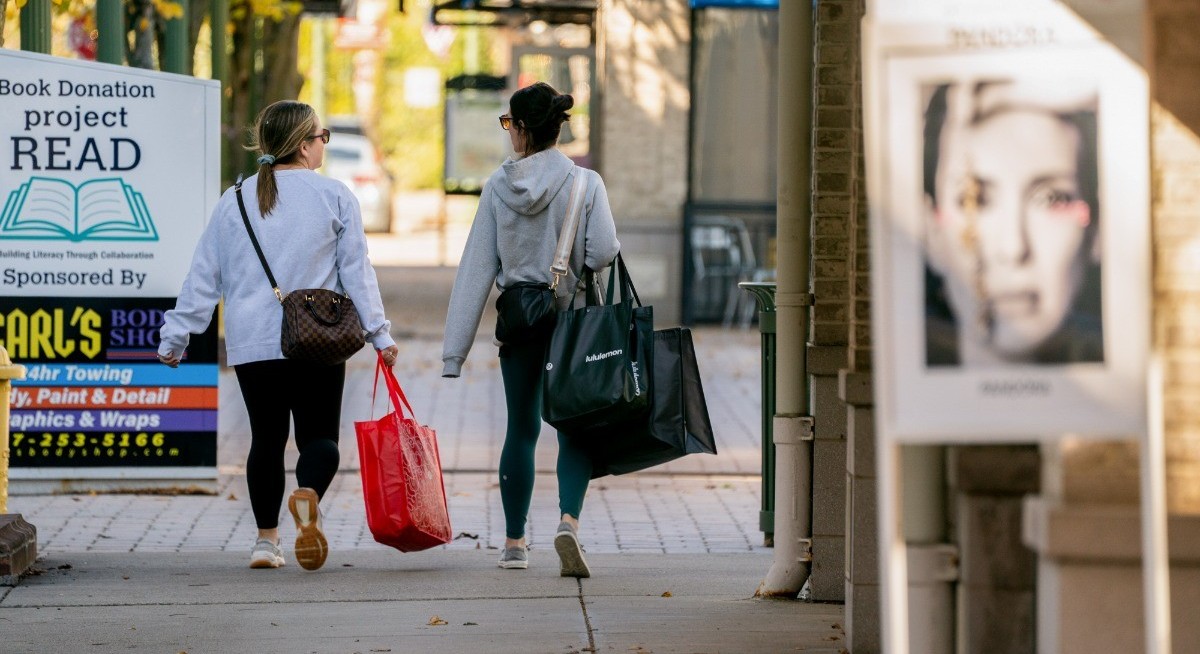(Oct 24): Underlying US inflation rose in September at the slowest pace in three months, keeping the Federal Reserve (Fed) on course to lower interest rates next week.
The core consumer price index (CPI), excluding the often volatile food and energy categories, increased 0.2% from August, according to Bureau of Labor Statistics (BLS) data out Friday. That was restrained by the smallest increase in a key measure of housing costs since early 2021.
The September CPI report was initially scheduled to come out on Oct 15 but was delayed because of the ongoing federal government shutdown. While most BLS operations have ceased since the Oct 1 closure, the agency recalled staff to prepare this release so the Social Security Administration could tally its annual cost-of-living adjustment, which will total 2.8% for next year.
The lower-than-expected reading is a welcome surprise, especially for several Fed officials who are leery of cutting rates further. While the central bank was already widely expected to lower borrowing costs at its meeting next week, the report may help convince policymakers that they can do so again in December — especially in the absence of other official reports should the shutdown continue.
Stock futures climbed while Treasury yields and the dollar fell after the report. Investors boosted bets that the Fed will cut rates again in December.
See also: US bank reserves fall second week, extend drop below US$3 tril
Goods prices, excluding food and energy commodities, rose at a slower pace, dragged down by cheaper prices for used cars. Categories that are more exposed to tariffs, including household furnishings and recreational goods, advanced. Apparel prices climbed at the fastest rate in a year.
Services prices excluding energy climbed 0.2%, in part reflecting a slower advance in airfares. Shelter prices were tame after rising by the most since the start of the year in the prior month. That included just a 0.1% increase in owners’ equivalent rent — which accounts for roughly a quarter of the overall CPI.
Household expenses were mixed. While grocery inflation slowed, prices for key items like cereals and nonalcoholic beverages picked up. Gasoline costs jumped, while car insurance prices fell.
See also: Treasuries’ October gains at risk from CPI ‘tipping point’
While the inflationary impact of tariffs has been much less than many economists feared, several forecasters and policymakers are still wary that the duties will continue to put upward pressure on prices — which was evident in some private-sector gauges of inflation in September. President Donald Trump’s latest tariffs, aimed at household goods like kitchen cabinets and upholstered furniture, took effect earlier this month, and retailers like RH have warned of price increases to come.
Companies across the country have largely reported higher input costs due to tariffs in recent weeks, but the hit to consumers has been uneven, the Fed said in its latest Beige Book survey of regional business contacts. Procter & Gamble Co is now expecting a more muted impact from tariffs and commodity prices, while O’Reilly Automotive Inc said they adjusted selling prices to account for the increase in tariff-related costs.
Economists generally weren’t concerned about the quality of the September inflation report because data collection was done before the government closed. But the BLS hasn’t been able to collect new price information since then, threatening the October report and potentially subsequent months if the standoff in Washington continues.
A White House-affiliated X account said Friday “there will likely NOT be an inflation release next month for the first time in history.” White House Press Secretary Karoline Leavitt also posted there will likely be “no October inflation report.”
“All active data collection activities are paused while the government is shut down. Once funding is restored, BLS will resume normal operations and notify the public of any changes to the news release schedule on the BLS release calendar,” a BLS spokesperson said in an emailed comment.
In a separate report, the Social Security Administration said on average, Social Security benefits will increase by US$56 to US$2,071 per month starting in January.
Uploaded by Chng Shear Lane





